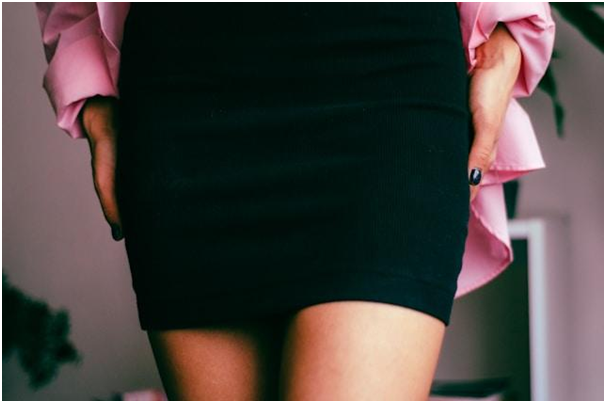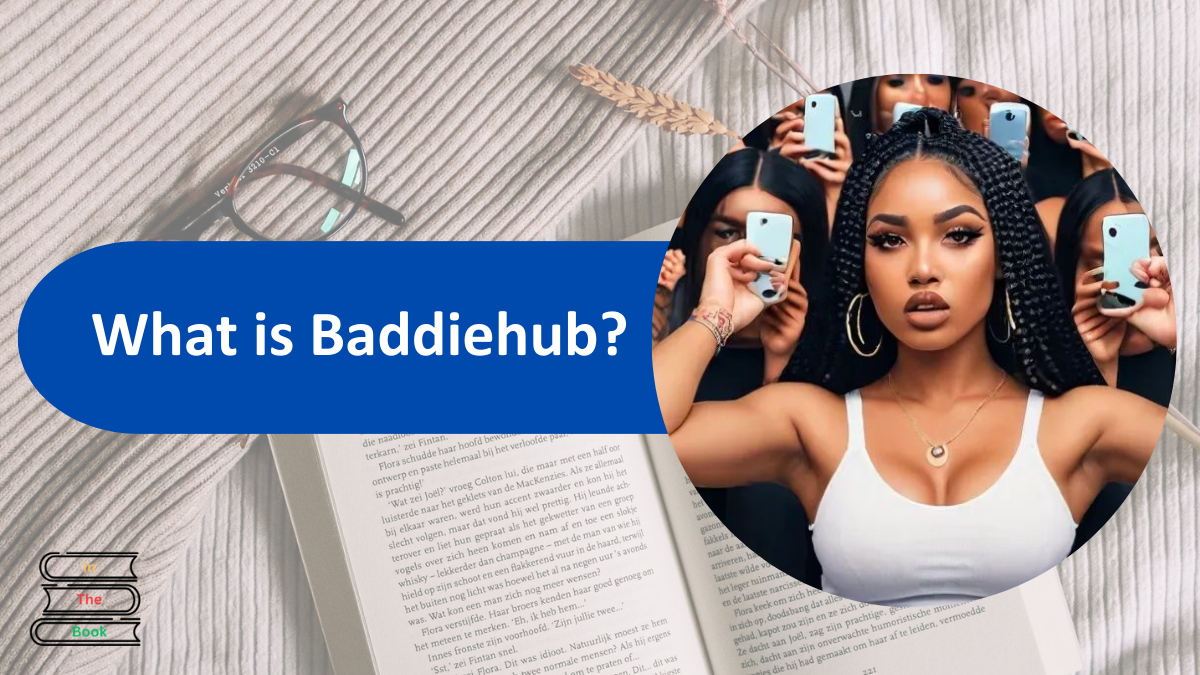Few garments have achieved the iconic status of the Little Black Dress. First introduced into the mainstream fashion consciousness by Coco Chanel in the 1920s, the LBD quickly evolved into a universal symbol of elegance, adaptability, and understated glamour. Its primary allure lies in its simplicity: a single-color, streamlined silhouette that can be styled in infinite ways. Whether worn at cocktail events, formal dinners, or even more casual outings with the right accessories, the Little Black Dress continues to define timeless femininity.
Its modern iterations have expanded beyond the classic designs of the past. A Dolce and Gabbana mini black dress, for example, represents a contemporary twist on this enduring staple. It balances heritage craftsman ship with updated cuts, making it suitable for the dynamic rhythm of present-day lifestyles. Such a piece reflect show a historical concept can be interpreted a new, preserving its relevance while adapting to evolving fashion preferences.
But the black dress is not the only one on the list. Other items of clothing over time have become staples in everywoman’s closet. Let’s see which ones.
The Role of the White Shirt in a Versatile Wardrobe
Often under estimated due to its apparent simplicity, the white shirt is a cornerstone of functional dressing. Its versatility spans both gender and style categories, providing a clean base layer that can be built upon in countless ways. Crisp and minimal, it pairs effortlessly with tailored trousers for professional environments or with denim for more relaxed settings.
The strength of a high-quality white shirt lies in its cut, fabric, and fit. Cotton poplin versions offer structure and formality, while linen iterations introduce a sense of ease and breathability ideal for warmer climates. When layered beneath a blazer, it adds polish; when knotted at the waist or worn oversized, it signals a laid-back sophistication. Its adaptability makes it not only a wardrobe essential but a practical tool for navigating different social and sartorial settings.
Denim: from Work wear to Style Staple
Denim, originally a utilitarian fabric used for manual labor, has transitioned into one of the most widespread and democratized materials in contemporary wardrobes. Jeans, in particular, have proven to be a lasting staple, bridging the gap between comfort and fashion. The classic blue jean has been reinterpreted across decades, adapting to trends without losing its foundational status.
Straight-leg and high-rise fits dominate the current fashion landscape due to their flattering shapes and timeless appeal. Meanwhile, darker washes remain a go-to for more formal occasions, offering a sleeker aesthetic when paired with heels or structured outerwear. The fabric’s durability contributes to its sustainability, as well-maintained denim can last for years without losing integrity. This enduring practicality continues to reinforce its place among essential garments, regardless of personal style preferences.
The Importance of a Tailored Blazer
While often associated with office attire, the tailored blazer has long surpassed its corporate connotations. Today, it functions as a layering piece that brings structure and refinement to both casual and formal ensembles. The appeal of the blazer lies in its ability to shape the body, accentuating shoulders and defining the waistline in a way few other garments do.
Materials range from classic wool and tweed to lighter blends suited for transitional seasons. A well-cut blazer in neutral tones such as navy, black, or beige becomes a building block for countless outfit combinations. Styled over dresses, paired with denim, or layered on top of knitwear, it provides dimension and cohesion. Beyond its aesthetic contributions, the blazer also signifies confidence and intention, elevating even the most minimalistic outfit into something polished and considered.
Footwear Fundamentals: From Flats to Heels
Shoes may appear secondary in the hierarchy of wardrobe planning, yet their impact inconsiderable. They complete the silhouette, affect posture, and often dictate the formality of an outfit. In a foundational wardrobe, certain types of footwear rise above trend cycles to offer both function and versatility.
Ballet flats, for instance, maintain their relevance through comfort and simplicity. Equally, ankle boots serve as transitional footwear suitable across seasons, while a classic pair of pumps remains indispensable for dressier occasions. Leather loafers, with their androgynous appeal, add a structured contrast to softer silhouettes and are particularly suited for urban environments.
Choosing high-quality materials such as leather or suede not only enhances comfort but extends the lifespan of the shoes. As with garments, footwear staples benefit from careful investment, as they are frequently worn and can dramatically influence the overall aesthetic of an ensemble.
Outerwear with Enduring Appeal
Few items in a wardrobe make as bold a visual statement as outerwear. From trench coats to wool overcoats, these pieces serve both practical and stylistic purposes. The trench coat, in particular, occupies a prominent place in the fashion canon due to its adaptability and classic design. Typically rendered in neutral shades, it complements both business attire and casual ensembles.
Wool coats offer insulation and elegance during colder months, with double-breasted or wrap styles adding depth and formality. For milder climates, lightweight dusters or structured jackets can introduce an additional layer without overwhelming the silhouette. In all cases, fit and proportion are key. An overcoat that aligns with the shoulders and nipsat the waist will always appear refined, regardless of what is worn underneath.
Knitwear: Balancing Comfort and Sophistication
In recent years, knit wear has moved beyond weekend casual wear to take on a more central role in everyday dressing. High-quality knit wear pieces, such as crewneck sweaters, cardigans, and turtlenecks, offer warmth, texture, and a quiet sense of luxury. Merino wool and cashmere blends, in particular, deliver softness and durability, allowing these garments to transition seamlessly between seasons.
A fine-knit turtleneck in a neutral hue can be worn beneath a blazer for work, or on its own with tailored trousers for a minimalist look. Similarly, oversized cardigans evoke comfort without sacrificing elegance when paired with slim-fitting bottoms. This category exemplifies show comfort and refinement are not mutually exclusive, and that with the right materials and cuts, knitwear can be a foundational component of a chic wardrobe.
Accessories That Subtly Define an Outfit
While not always considered staples in the strictest sense, accessories often act as the unifying element of an outfit. A well-chosen belt, a minimalist watch, or a pair of understated earrings can enhance cohesion and elevate the overall presentation. Scarves, both silk and wool, offer a dual function of utility and decoration, and can introduce a splash of color or pattern to otherwise mute ensembles.
Handbags, particularly structured ones in leather, also contribute to the functionality and tone of an outfit. Their size, shape, and design dictate their role—whether for daily use or special occasions. Investing in versatile accessories allows for rotation and experimentation without the need for an extensive wardrobe. Over time, these subtle additions become signatures of individual style.
The Interplay of Fashion and Identity
The enduring relevance of wardrobe staples is rooted not only in their practicality but also in their contribution to personal identity. While fashion trends shift rapidly, core garment sallow for continuity and serve as a canvas for self-expression. They provide a base upon which more experimental or trend-forward pieces can be layered, ensuring balance between novelty and consistency.
A thoughtfully constructed wardrobe consisting of staple items enables individuals to navigate various life contexts with confidence. It simplifies decision-making and encourages more sustainable consumption habits, reducing the need for constant replacements or impulse purchases. As style becomes more intertwined with values such as longevity and authenticity, these foundational pieces gain even greater significance.
Building on the Foundation
Beyond the aforementioned items, several other garments play an instrumental role in curating a comprehensive wardrobe. Slip dresses, for example, offer versatility akin to the Little Black Dress but with a lighter, more fluid aesthetic. When styled with knitwear or structured outer wear, they can shift easily between seasons. Similarly, a well-fitted midi skirt allows for flexibility in both length and material, accommodating different body types and climates.
While trends introduce change and excitement, it is these timeless staples that offer lasting value. They endure not because they resist innovation, but because they provide the structural integrity upon which any style journey can be built.
Understanding the role of each piece within a broader framework allows for a more intentional and expressive approach to dressing. In doing so, fashion becomes less about consumption and more about curation—a process of selecting, refining, and evolving. This mindset not only ensures elegance and versatility but also aligns style with longevity and purpose.
























